Saving the Memory of Hong Kong's Neon Before It Goes Dark
Glass tubes twisted into typography and pictorial designs have hummed on the streets of Hong Kong since the 1950s.

Glass tubes twisted into typography and pictorial designs have hummed on the streets of Hong Kong since the 1950s. Now, with the gaseous sign becoming a dying art and LED screens overtaking as the preferred night advertising medium, neon is disappearing. An online exhibition from M+, a Hong Kong-based museum for visual culture, is digitally preserving this identity.

Mobile M+: NEONSIGNS.HK is one of M+’s itinerant exhibitions before its physical museum designed by Herzog & de Meuron opens in the West Kowloon Cultural District in 2017. From March to June of this year, they crowd-sourced images of as many neon signs in Hong Kong as possible, with over 4,000 now on an interactive online map. The neonsigns.hk site is sleekly designed and has an elegant layout, including essays, audio walks you can take (either virtually or on the street), even a short documentary on how the signs are made. On the map, you can search the signs, by businesses like pawn shops and night clubs, imagery categories like animals and food, districts, and even those that have already been lost, like this one for a restaurant now replaced by an LED. Some have short histories or intriguing facts, such as this funeral home sign in the traditional Chinese funeral colors of blue and white. The site notes that neon has “seldom been used by funeral parlours, given the solemn nature of their business.”
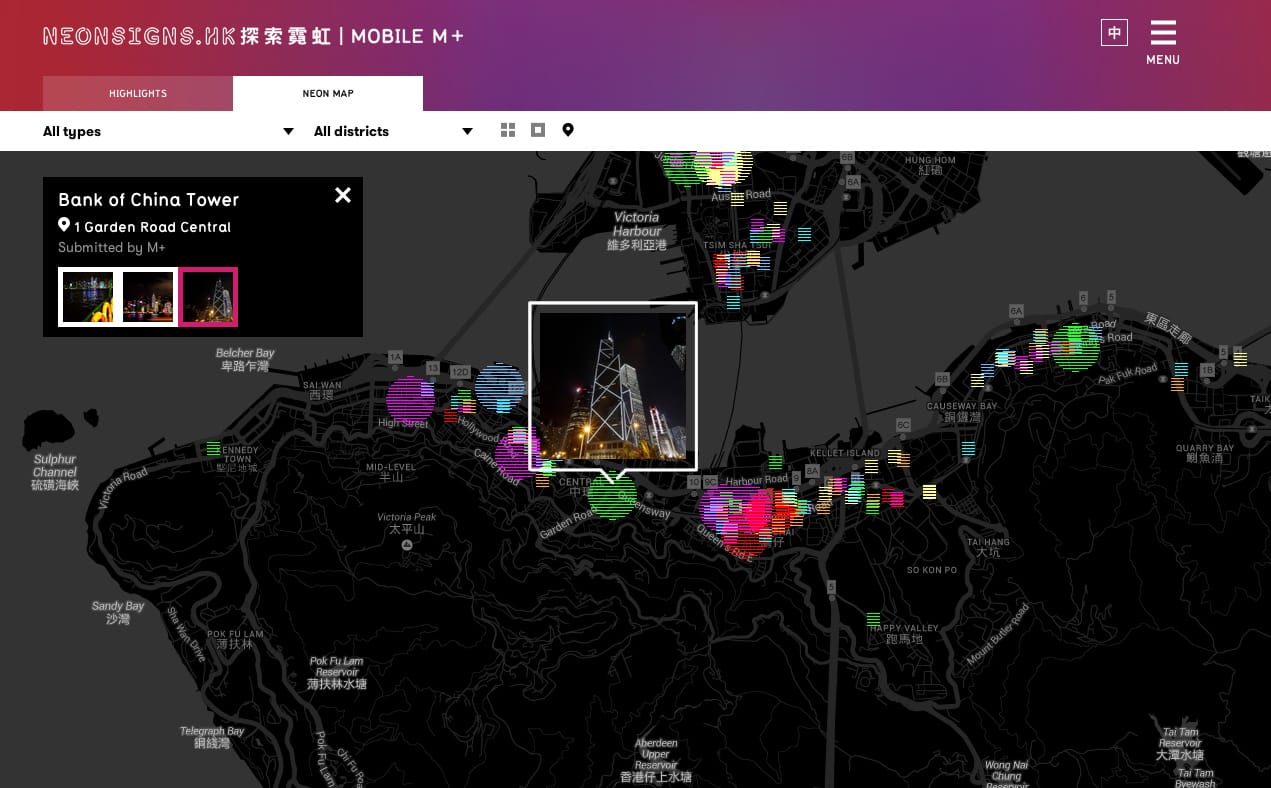
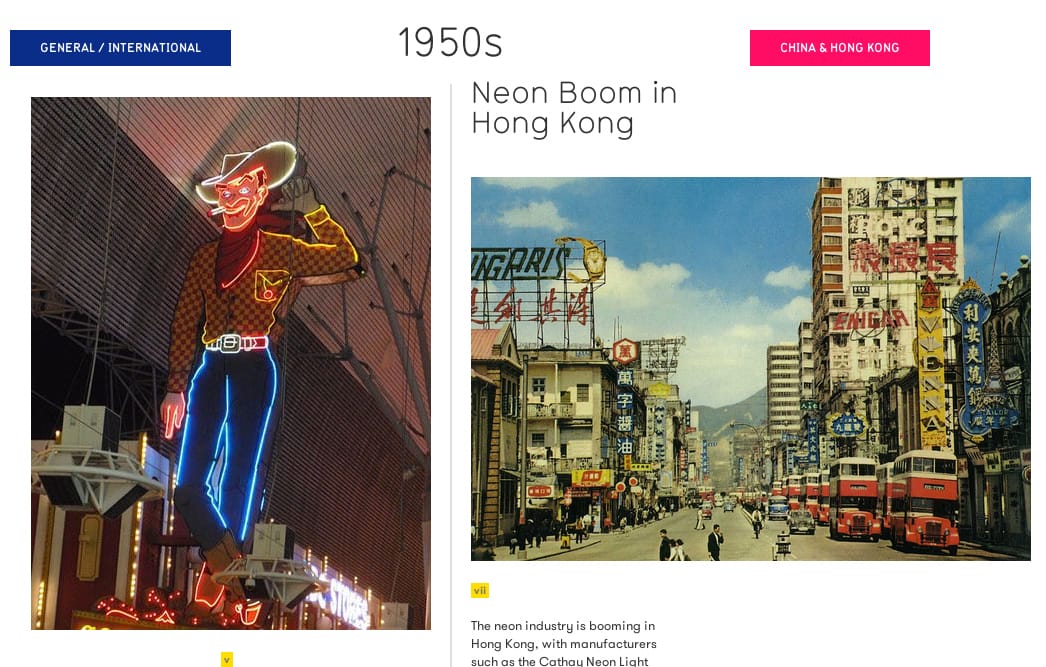
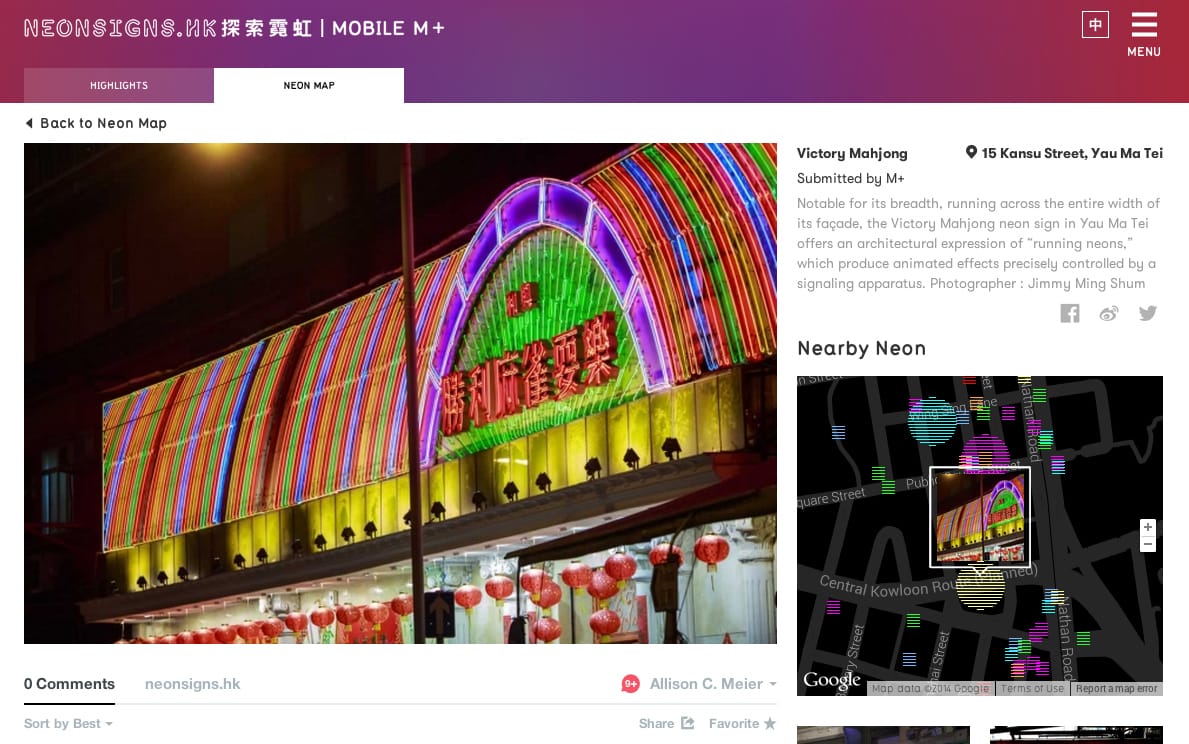
As Pop-Up City reported this week, the M+ exhibition’s success “has led to other projects being initiated, with offline programmes such as tours, workshops and talks being born out of the interest in the urban landscape the neon signs create.” Hong Kong isn’t the only city whose once-popular neon signs are slowly flickering off — see the Neon Boneyard of discarded signs in Las Vegas — but they define its visual identity in a unique way. M+ is also collecting physical signs, so far a neon cow from Sammy’s Kitchen and a rooster from a Kai Kee Mahjong School. Aric Chen, M+ curator of design and architecture, explains in a video: “As a new museum of visual culture, M+ has a chance to do things differently, to look at things differently, and to look at new kinds of materials or at least different kinds of materials that other museums might not look at.”

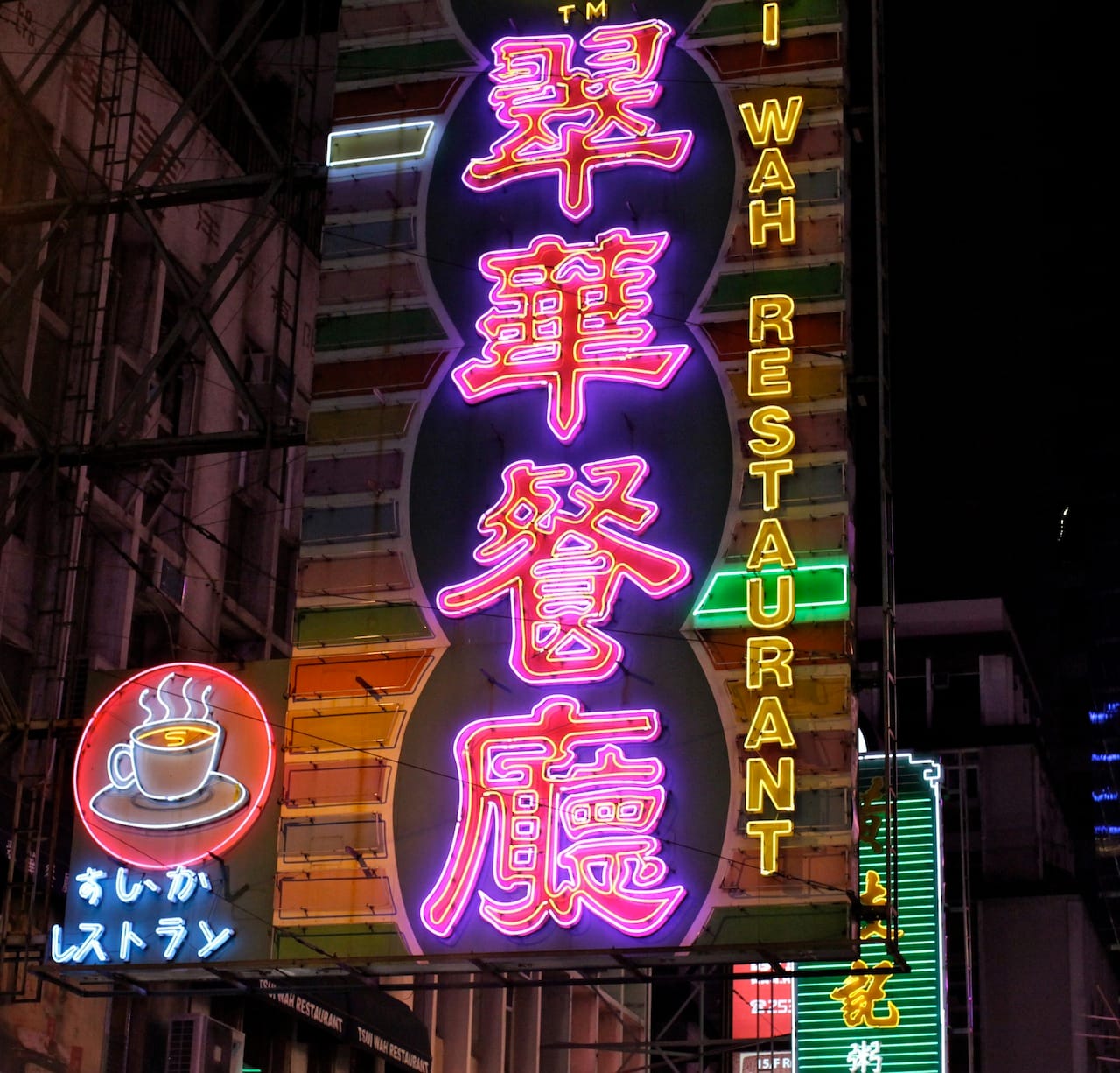
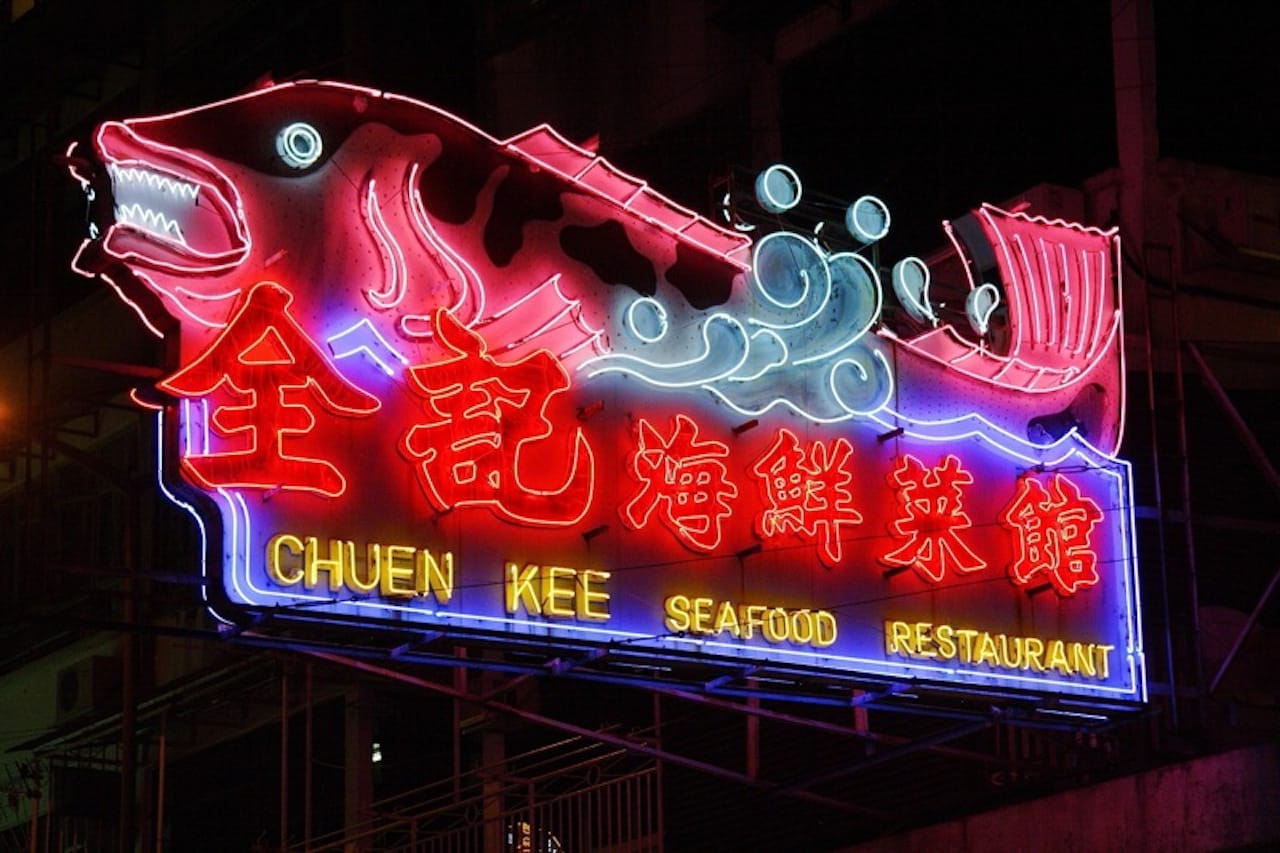
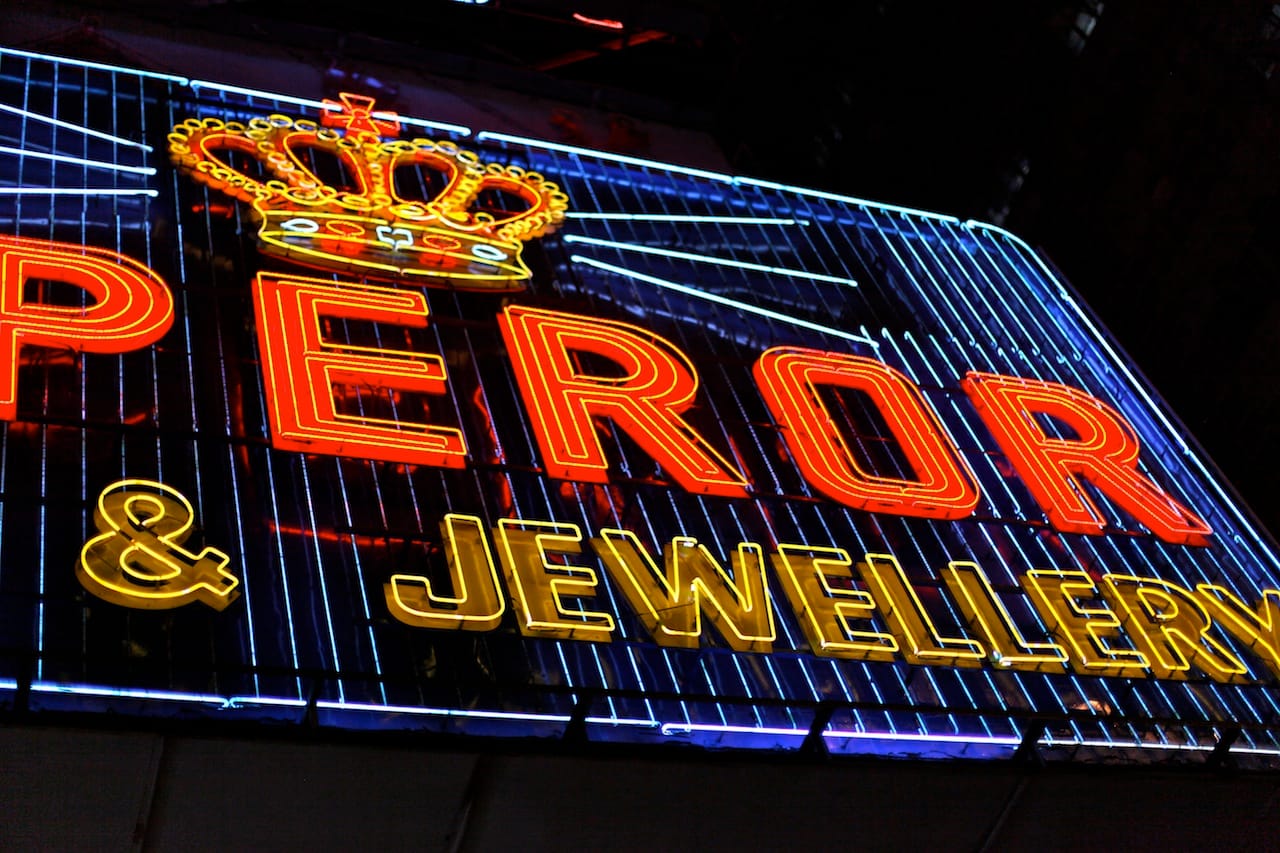
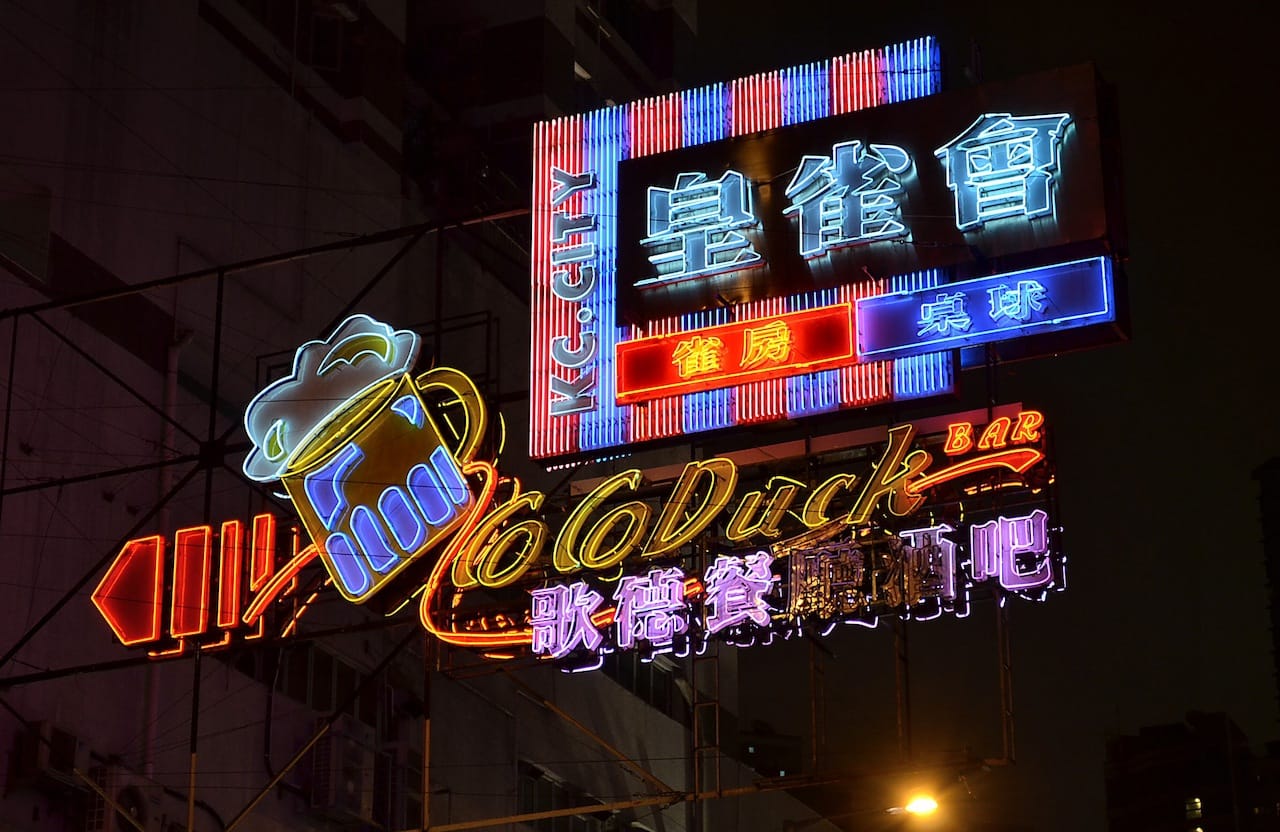


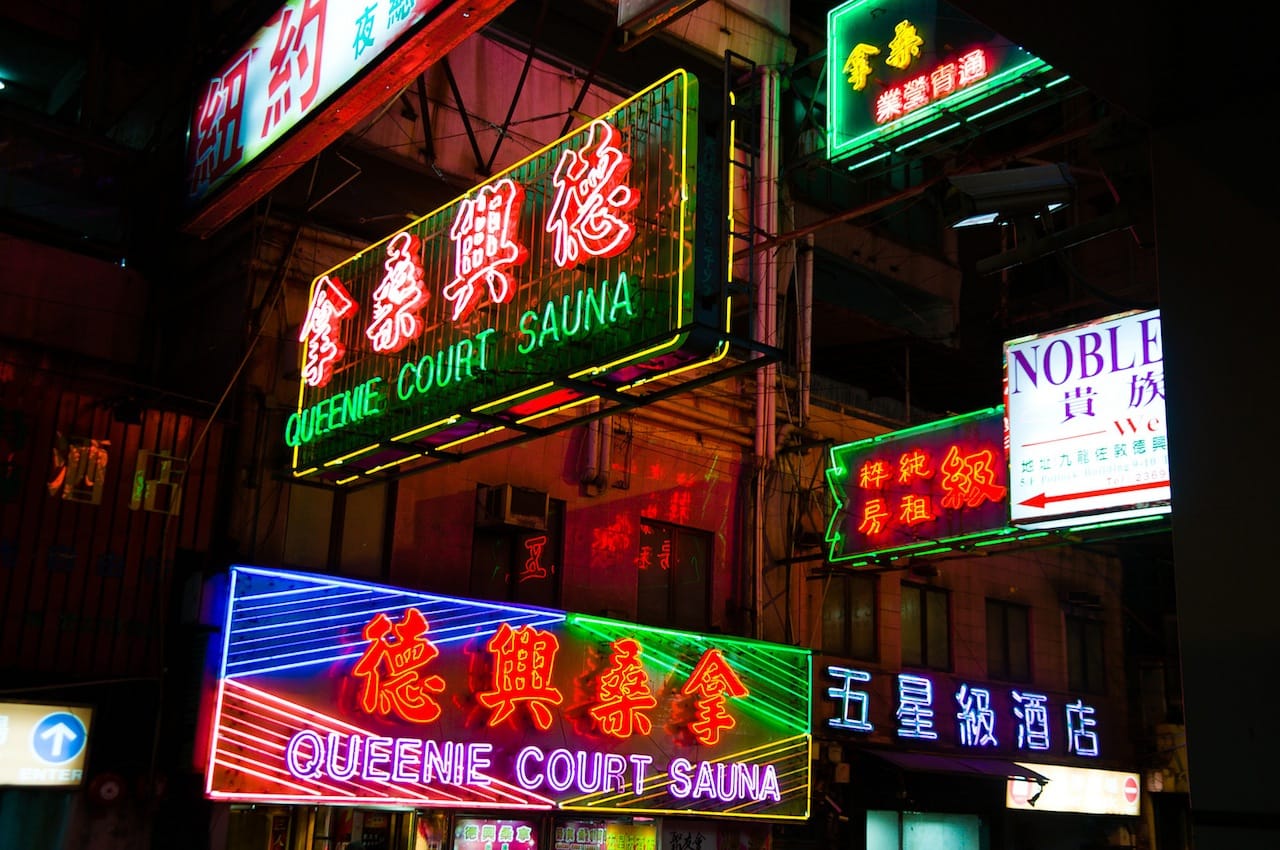
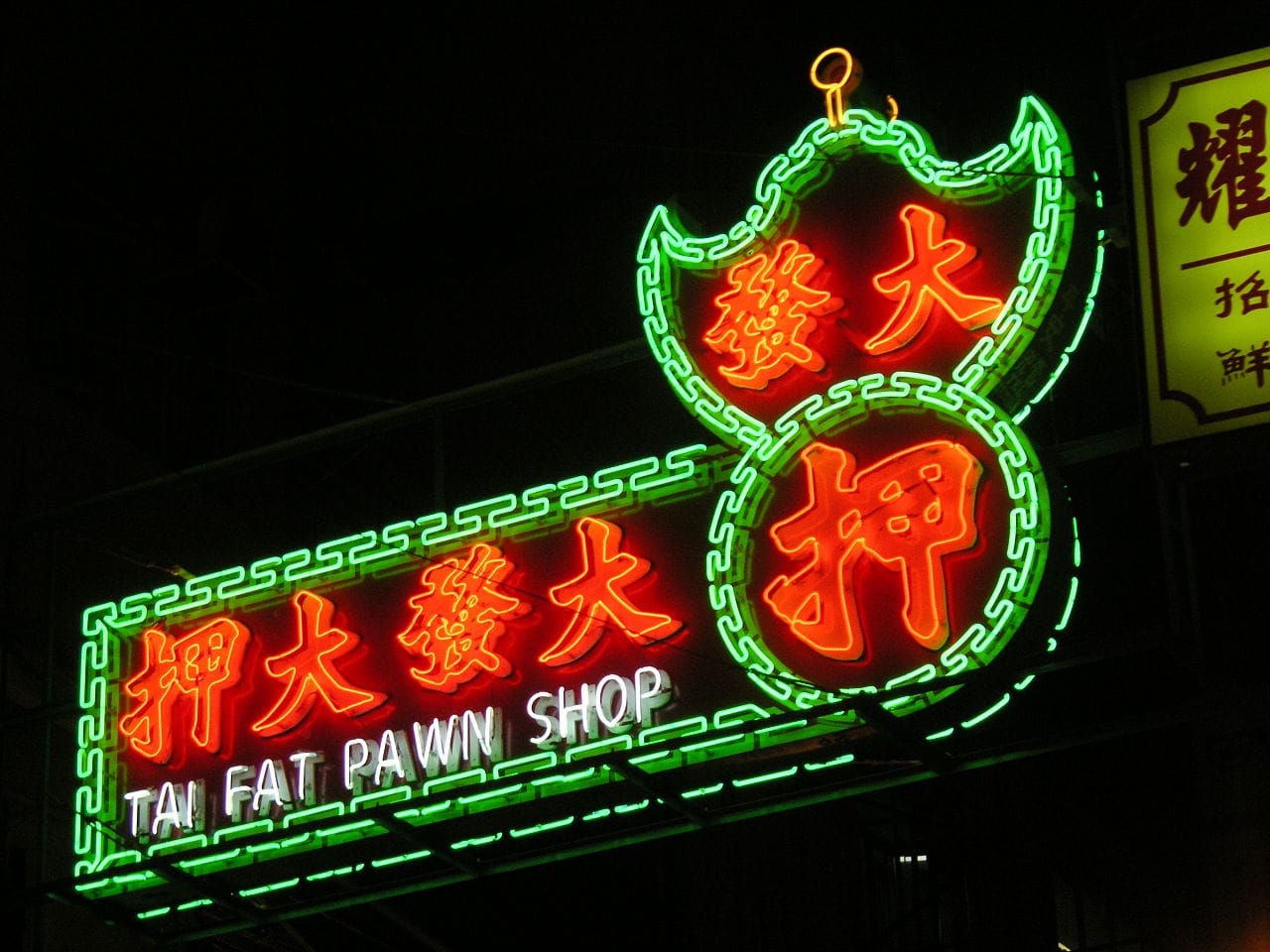
Mobile M+: NEONSIGNS.HK is accessible online.





